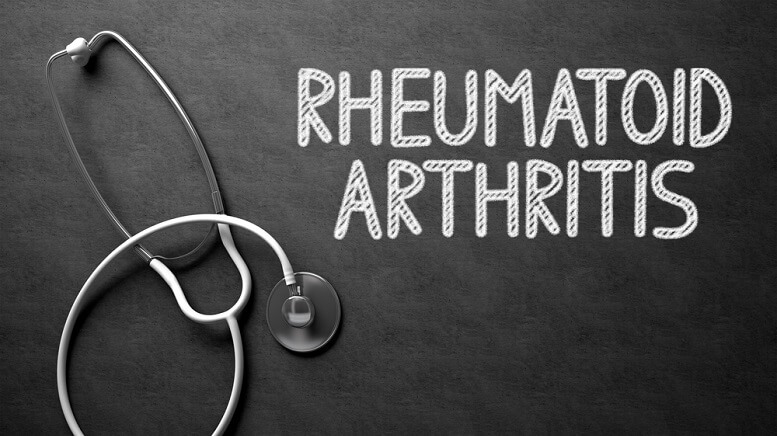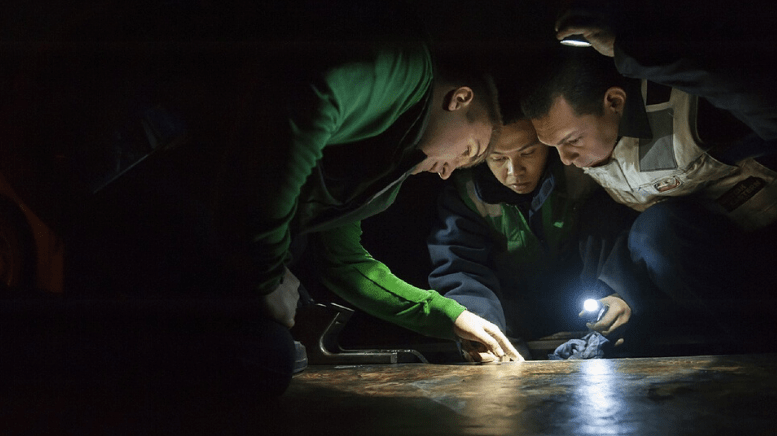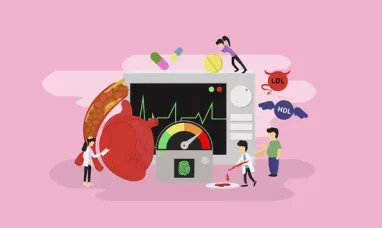What is Rheumatoid Arthritis?
Rheumatoid arthritis, shortened as RA, is a kind of autoimmune condition that might result in joint pain and damage over the body. It takes place when the immune system mistakes the healthy tissues of the body for foreign invaders. It is also a systemic disease that affects the internal organs of the body. The inflammation of the joint lining tissue may cause joint damage.
Symptoms of Rheumatoid Arthritis
Common symptoms of rheumatoid arthritis are joint pain, joint stiffness, joint swelling, warmth, and redness. RA can attack any of the joints in the body, including those in the hands, ankles, elbows, wrists, knees, and feet.
Other symptoms include fatigue, poor appetite, weight loss, fever, sweating, dry eyes, and chest pain.
Pain: Rheumatoid arthritis pain may come from inflammation or swelling of the joint or surrounding of the part of the joint.
Stiffness: Stiffness may occur in the arm, leg, or finger and is most noticeable in the morning and improves later as the day goes by.
Swelling: The affected area of the joint becomes swollen.
Causes of Rheumatoid Arthritis
There isn’t a specific known cause, but genetic or environmental factors might influence the development of the disease. Factors such as age, sex, genetics, weight, diet, and smoking are most likely to develop rheumatoid arthritis.
People at any age may develop the disease, but those who are between the age of 40 to 60 are more likely to be diagnosed with RA. The disease is more common in women than in men.
Genetic and environmental factors such as smoking and diet may also lead to rheumatoid arthritis. People who are overweight have a greater chance of developing rheumatoid arthritis than those who are a healthy weight.
Diagnosis of Rheumatoid Arthritis
In the early stage of the disease, it might be hard to diagnose RA since the symptoms of RA are similar to other conditions. Doctors recommend that early diagnosis and treatment are extremely important to control the progression of the disease.
Clinical signs of inflammation, the time that the disease lasts, and the severity of the symptoms will be asked by the doctors. A physical examination that aims to check for pain, swelling, stiffness, deformity, and functional limitations will also be suggested by your doctors.
Blood tests will test the ESR rate, C-reactive protein, anemia, and rheumatoid factor. Imaging scans and X-rays can help the doctor to identify what type of arthritis occurs and monitor the progression of rheumatoid arthritis over time.
Treatments of Rheumatoid Arthritis
There is no cure for rheumatoid arthritis, but suggested treatments by doctors early in diagnosis can decrease the severity of RA symptoms. Various kinds of treatment methods are available to manage rheumatoid arthritis and used to control symptoms and stop joint damage. Once the disease is discovered, you should treat it as early as possible.
Three main treatments are identified to manage rheumatoid arthritis: drugs, physical therapies, and surgery.
Painkillers, non-steroidal anti-inflammatory drugs, disease-modifying anti-rheumatic drugs, and steroids are the four main groups of drugs that are used to cure rheumatoid arthritis.
Painkillers can work to relieve the joint pain resulting from the disease of rheumatoid arthritis. But doctors say that painkillers should not be the only treatment used to manage the disease.
Non-steroidal anti-inflammatory drugs are available over-the-counter at drugstores. These kinds of drugs include Advil, Motrin, and Aleve. If you use them for a long time, it may lead to side effects, which include bruising, high blood pressure, gastric ulcers, and liver and kidney problems.
Physical therapy may include keeping an active, healthy lifestyle, and doing enough exercise, such as walking and yoga. Consult your physical therapist and ask him to help you design an effective daily workout plan to keep the joints flexible.
Surgery is used for people with severe joint damage and should take place in conjunction with the consultation of a rheumatologist. It can help to repair damaged joints, correct deformities, and reduce pain. Although there is no effective cure to restore damage or destruction caused by RA, the surgical management can help patients to regain function by repairing the joint damage, stiffness, or pain.
Featured image: DepositPhotos – tashatuvango









